

We have most of what we think about creativity wrong. So often, we treat it like something to optimize, monetize, or turn into proof of productivity. We rush to measure the end result instead of noticing what the practice itself gives us.
But the real magic of creativity is quieter than that. It’s in the sketch you never show anyone, the scraps of sentences in your notes app, the watercolor that looks nothing like the photo you were copying. There’s such psychological importance to making things for no reason at all. It’s nonperformative creative work—the kind no one else has to see—that builds a life you actually want to live.
Lately, I’ve been writing pieces that don’t leave my hard drive. They exist only for me, and that has been strangely transformative. Making for the sake of making changes how I see the world, how I see myself, and even how I approach the creative work I share publicly.
If you’re craving a spark for your own practice, these four books have been foundational in reminding me why creativity matters and how to return to it with less pressure and more play.
Here are four of the best books to inspire a creative practice.
1. The Book of Alchemy by Suleika Jaouad


This book is both memoir and manual, guiding readers through the process of transforming pain into meaning. Jaouad writes about illness and survival, but more importantly, she writes about what it means to create while living inside uncertainty. Her essays and prompts remind me that creativity is less about self-expression and more about self-connection—a way to turn what’s heavy into something that holds light.
2. Bird by Bird by Anne Lamott
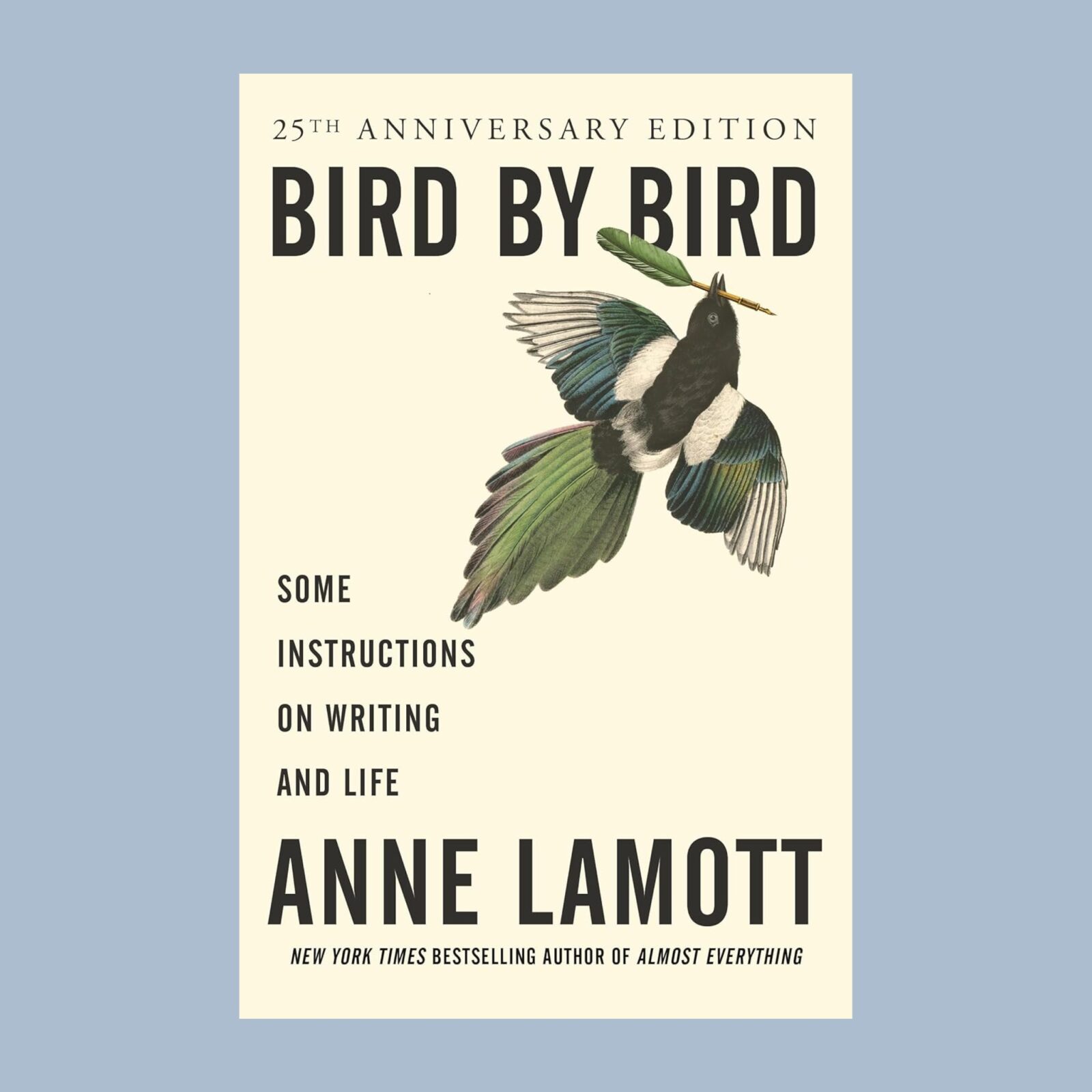

This is the book every writer I know has underlined to death, and for good reason. Lamott’s advice is practical—write a “shitty first draft,” take things one step at a time—but what really sticks is her humor and humanity. She makes the act of writing feel possible, even when you’re staring down a blank page. For me, it’s a reminder that showing up, imperfectly, is the only path forward. I keep it on my desk because simply looking at the cover reminds me to just get something on the page.
3. Swimming Studies by Leanne Shapton
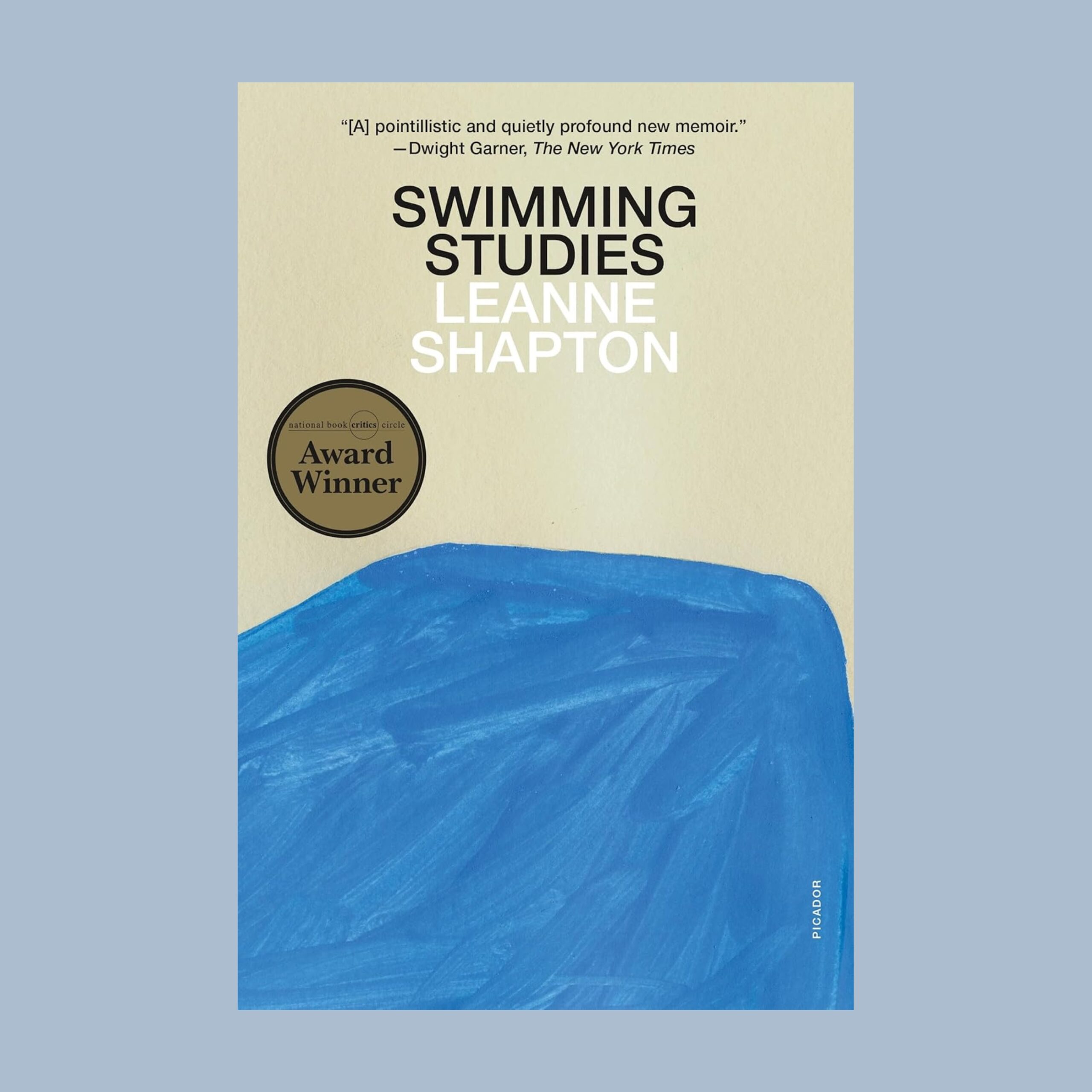

Part memoir, part art, this book is about writing while not writing about writing. It is immersive and sometimes strange, but ultimately really beautiful. Shapton reminds me that my creative practice doesn’t have to fit a mold. It can spill across mediums and categories, and still be deeply resonant. It made me think about my work in a different way, that I didn’t need to make it make sense for it to be worth creating. I feel more permission to experiment in my own work, to let process matter more than product. It is currently difficult to find, thanks to its recent uptick in popularity, but it’s worth waiting for your reissued copy to arrive.
4. The Creative Act by Rick Rubin
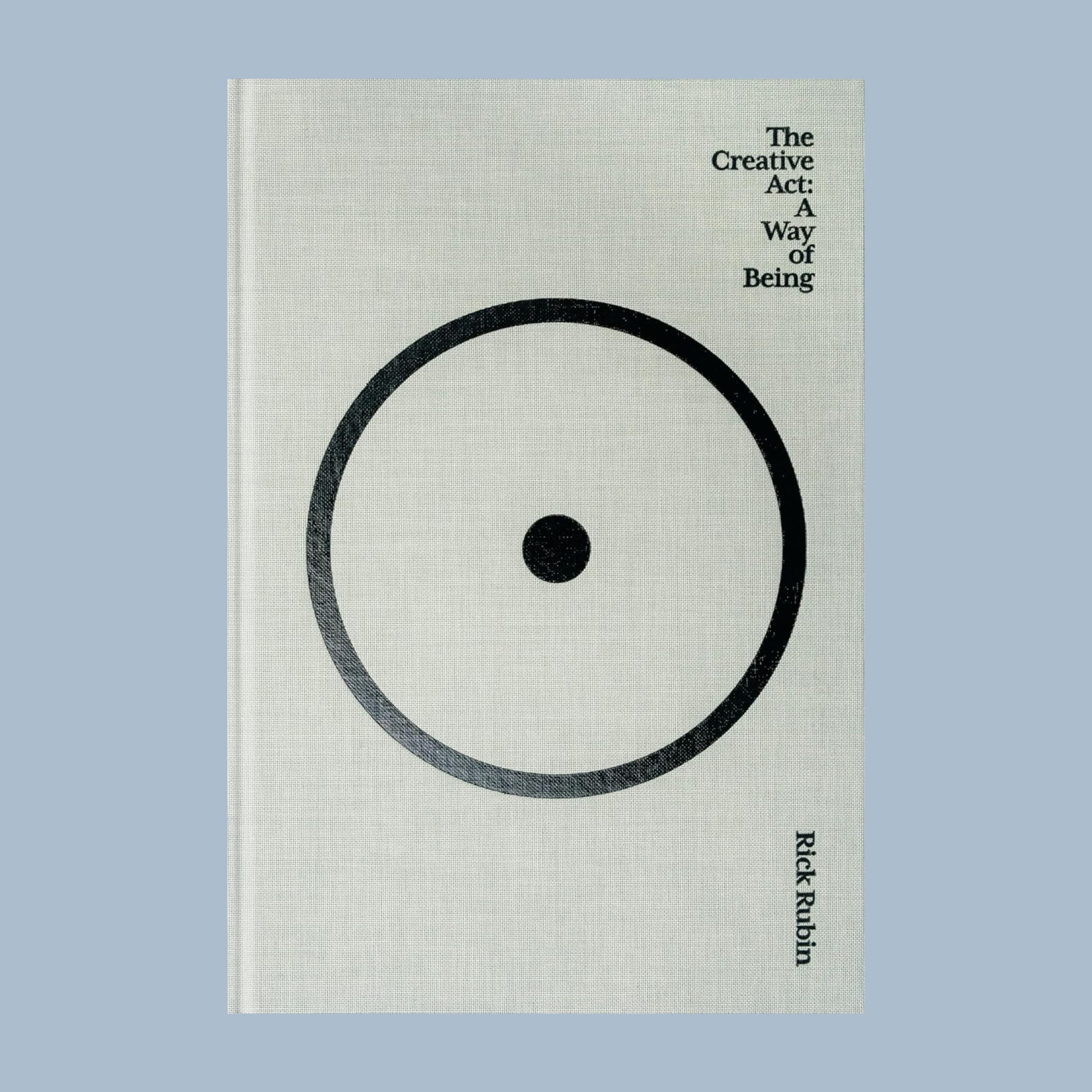

Rubin strips creativity back to its essence. His reflections are less about “how to make something” and more about “how to notice what’s already here.” This perspective has helped me see clearly again and again. It’s a meditation on coming back to doing, not critiquing. This book is like a gentle but firm hand on the shoulder, reminding you that creativity is not a scarce resource. It’s always available if you’re willing to pay attention. For me, it’s a grounding practice: Return to awareness, and the work will follow. There is an endless well within. I keep it in my nightstand.
Each of these books reminds me that creativity doesn’t need an audience to matter. In fact, the most meaningful work often happens offstage. It can be scribbles in a notebook, a sketch that no one sees, a story you write just to find out how it ends. That kind of making isn’t about impressing or proving anything. It’s about remembering that you’re a person who creates, and letting that practice feed you in ways the outside world never could.
Editor’s Note: This article contains affiliate links. Wit & Delight uses affiliate links as a source of revenue to fund business operations and to be less dependent on branded content. Wit & Delight stands behind all product recommendations. Still have questions about these links or our process? Feel free to email us.


Kate is the founder of Wit & Delight. She is currently learning how to play tennis and is forever testing the boundaries of her creative muscle. Follow her on Instagram at @witanddelight_.
BY Kate Arends - August 21, 2025
Most-read posts:
Did you know W&D now has a resource library of Printable Art, Templates, Freebies, and more?
take me there
Get Our Best W&D Resources
for designing a life well-lived
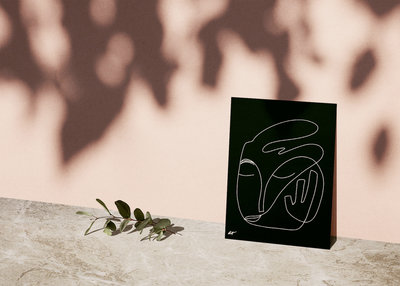

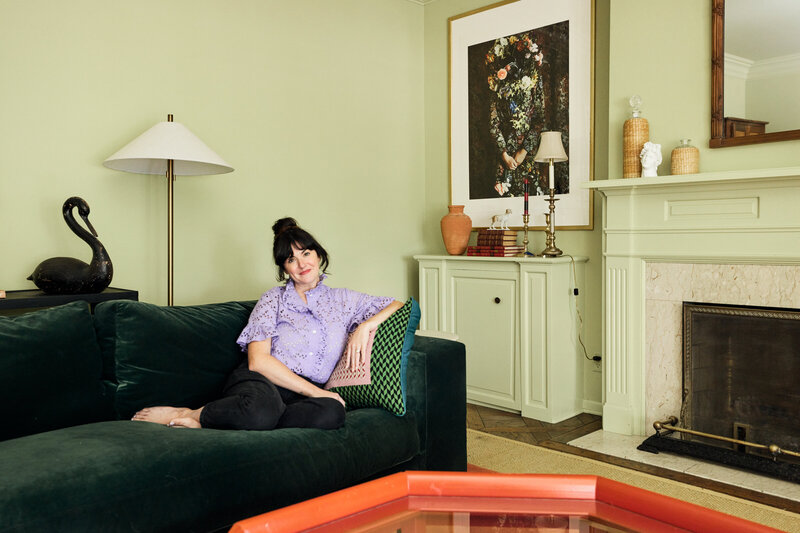

Thank you for being here. For being open to enjoying life’s simple pleasures and looking inward to understand yourself, your neighbors, and your fellow humans! I’m looking forward to chatting with you.
Hi, I'm Kate. Welcome to my happy place.




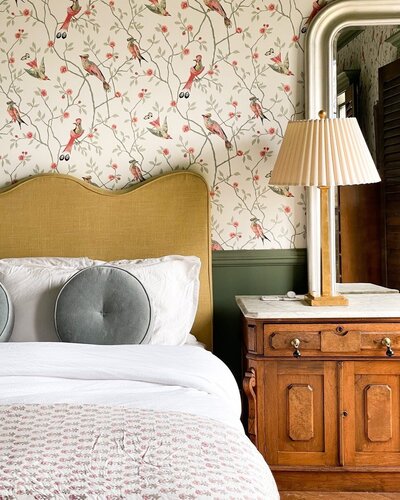

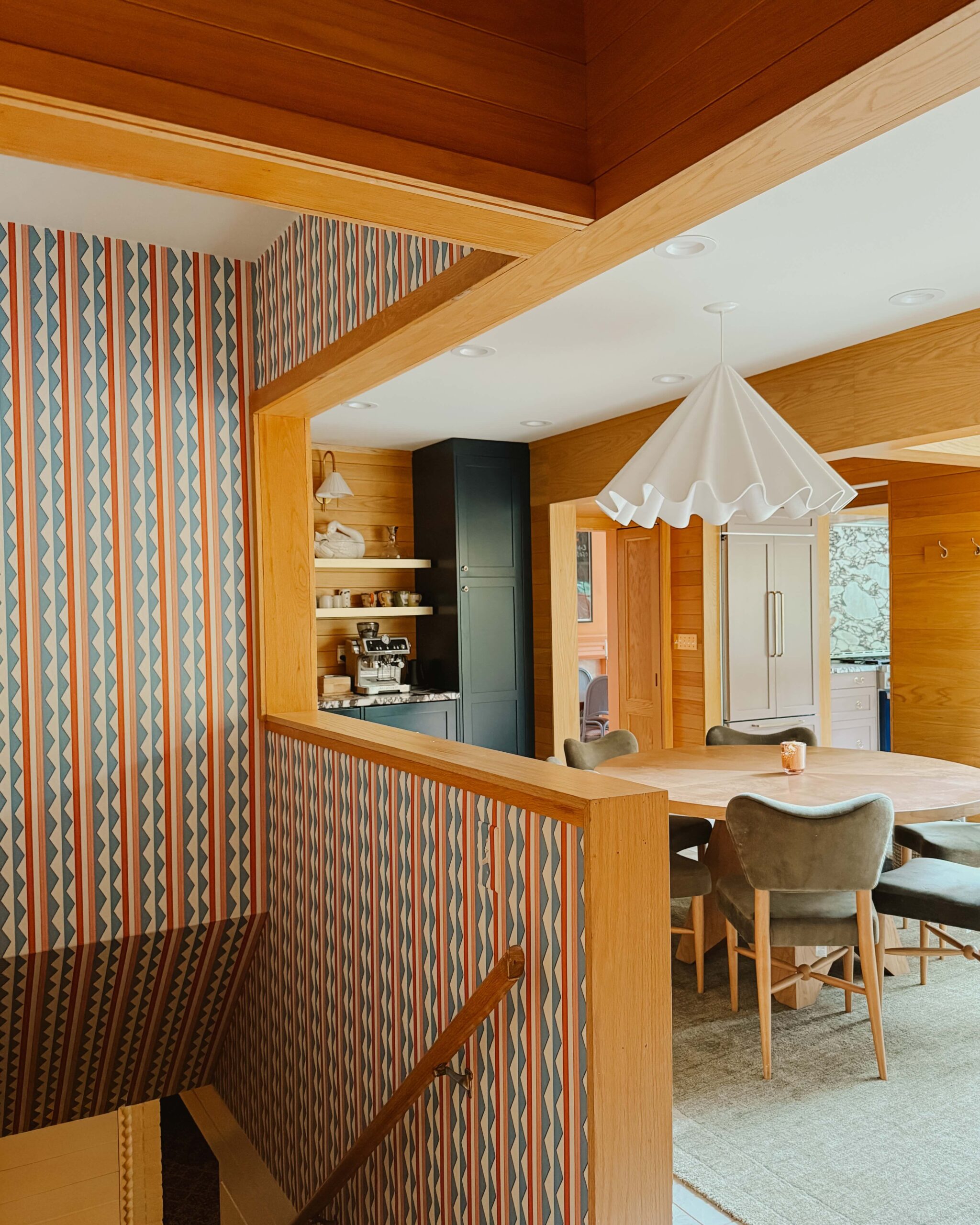
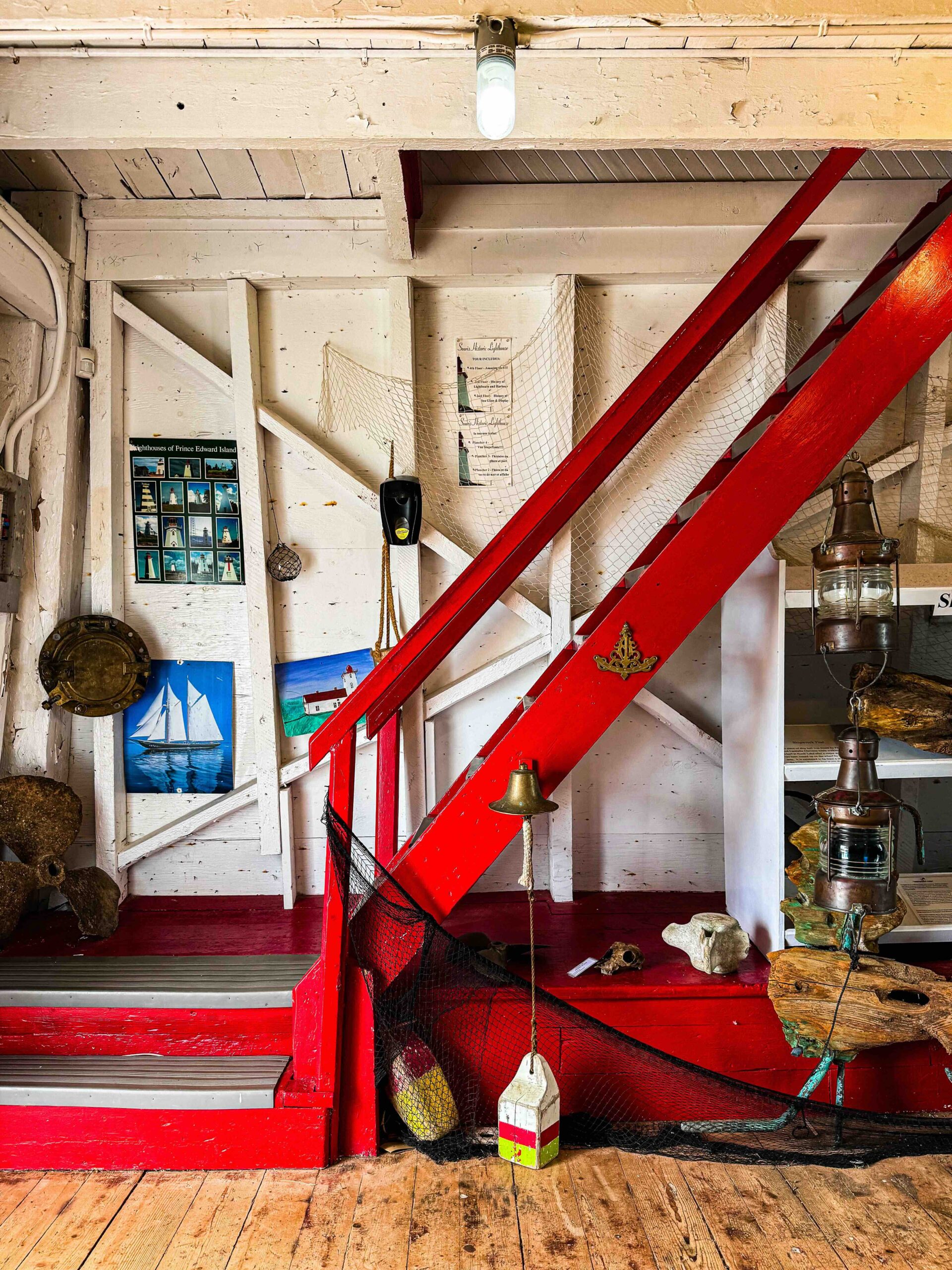
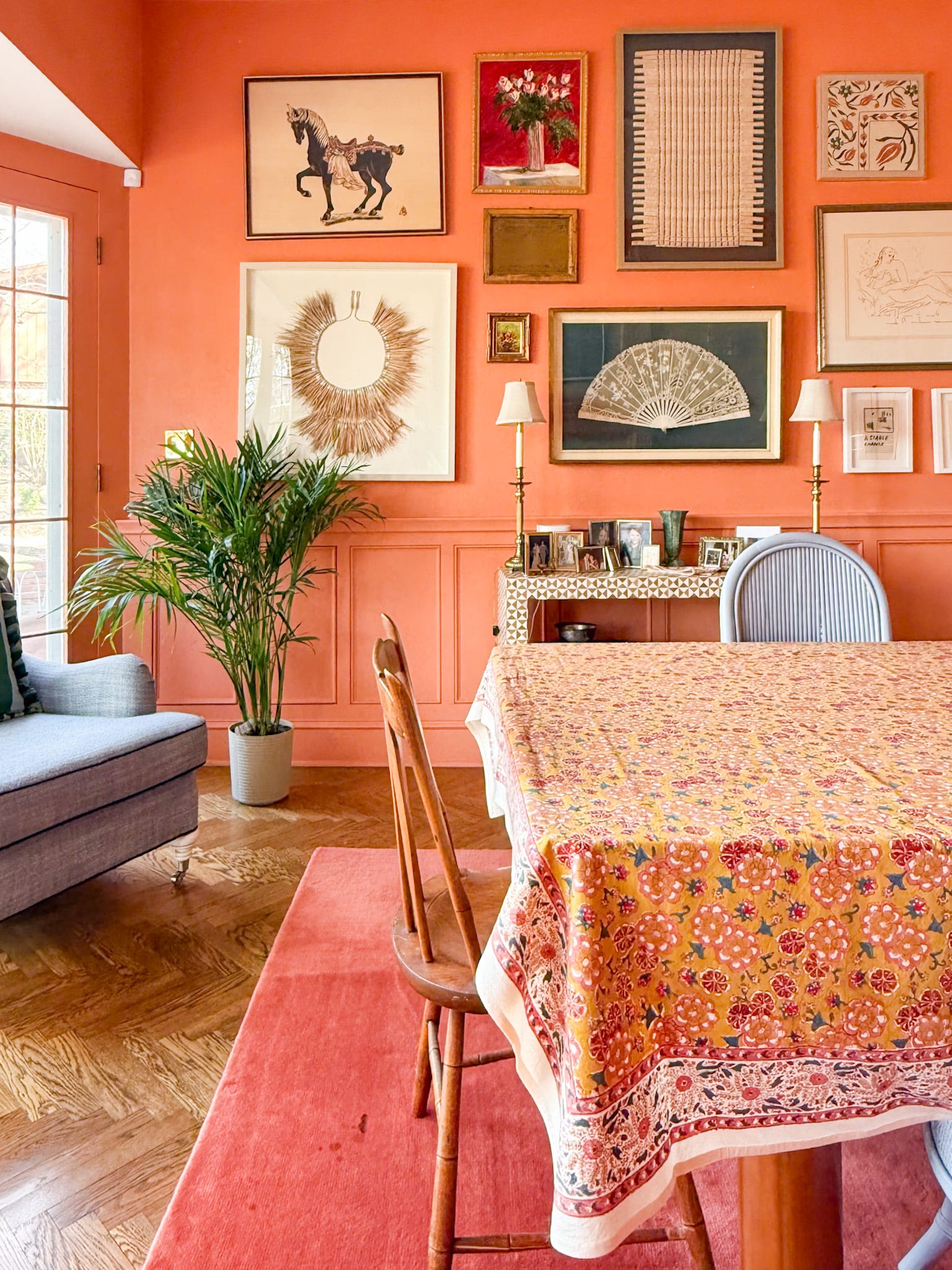



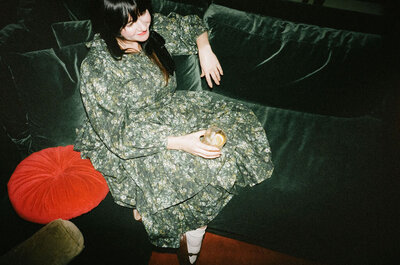
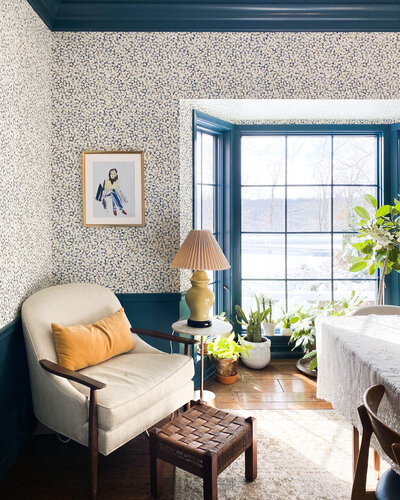
Like what you see?
Share Wit & Delight with a friend: